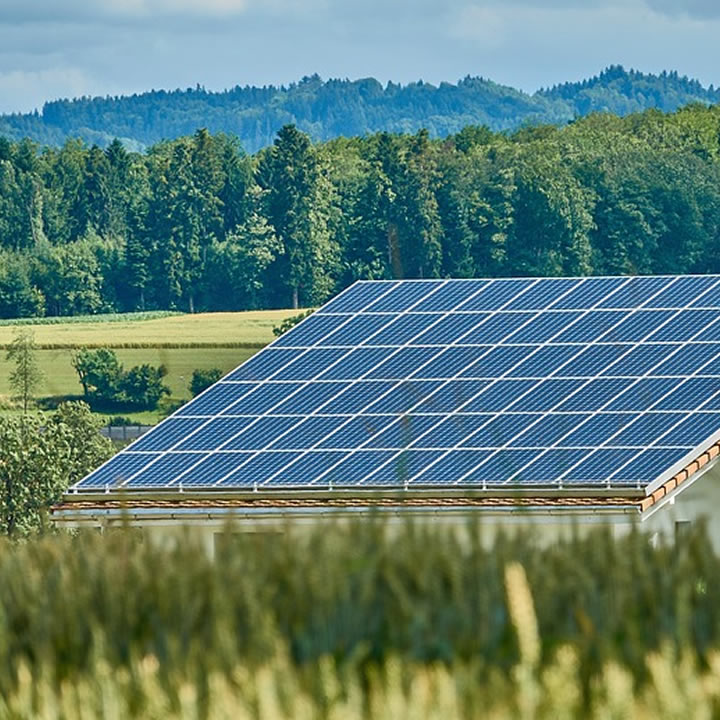A big 21st-century challenge is sustainable energy solutions.
Demand for clean, renewable energy sources increases as reliance on fossil fuels and climate change aggravate. Advances in clean power technologies resulting from this better future movement have helped lower carbon emissions and improve the environment.
The role of advanced solar technologies
Solar energy is important to the worldwide clean energy transition.
The invention of integrated solar PV panels has transformed solar power use.
These panels blend into rooftops, facades, and windows, combining energy generation and architectural functionality. This innovation boosts energy efficiency and building aesthetics, making renewable energy adoption more desirable for home and commercial use.
Wind power: From conventional to cutting-edge
Though technology is developing, wind energy is a consistent renewable energy source. Wind turbines have become more efficient by using sophisticated materials and designs to harvest electricity even in low winds.
They are growing since offshore wind farms use stronger, more steady wind currents. Floating wind turbines reduce geographical barriers, allowing wind-generating equipment to be installed in deep-sea sites.
The potential of green hydrogen
Green hydrogen, produced by the electrolysis of water using renewable energy, is a versatile and robust energy carrier.
While it may be challenging to electrify, this sustainable power source holds the potential to decarbonize not just our homes, but also airplanes, shipping, and heavy industry, offering a promising solution to our energy needs.
Electrolyzer technology is making green hydrogen production cheaper, making it a viable alternative for large-scale energy storage and a vital component of global net-zero ambitions.
Energy storage: A catalyst for clean power
Adopting clean electricity is challenging since renewable energy sources such as solar and Energy storage advances, particularly battery systems, are addressing this constraint.
Lithium-ion batteries are currently the most popular, but solid-state and flow batteries promise longer lifespans and better storage capacity. Researchers are also investigating gravity-based and thermal energy storage as alternative energy sources to batteries.
Grid modernization and smart infrastructure
Energy grids that offer clean power to consumers must evolve with them. Smart grid systems with real-time monitoring and powerful analytics are being developed to distribute renewable energy efficiently.
The grids are designed to accommodate renewable input fluctuations while minimizing energy losses. Microgrids and virtual power plants decentralize energy production and consumption, giving communities energy independence and resilience.
The role of policy and collaboration
Technological innovation is important, but supportive policy and international collaboration are crucial. Governments worldwide are encouraging sustainable energy research, development, and deployment.
Public-private partnerships are also investing heavily in clean power infrastructure. Additionally, international accords like the Paris Accord promote cooperation and knowledge sharing to ensure that technical advances are utilized globally to tackle climate change.
Looking ahead: The future of clean power
Modern clean power advancements are creating the groundwork for a sustainable future. With ongoing research, development, and infrastructure expenditures, clean energy options can replace fossil fuels.
Humanity may move towards a cleaner, greener, and more resilient future by adopting cutting-edge technology like integrated solar PV panels, energy storage systems, and grids. The trip is far from over, but progress gives hope and inspiration for the future.
***
Conclusion: Clean power is now a reality, affecting how we live, work, and sustain our planet. Modern advances promise a brighter, more sustainable future for future generations.

